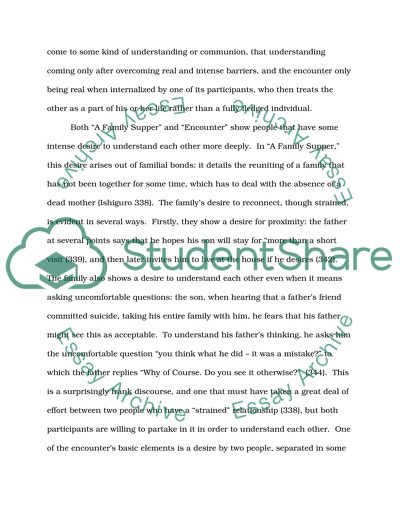Cite this document
(“The Encounter: Meeting, Barriers, and the Fundamental Narcissism in Term Paper”, n.d.)
The Encounter: Meeting, Barriers, and the Fundamental Narcissism in Term Paper. Retrieved from https://studentshare.org/literature/1453855-research-paper-for-literature-class-the-art-of-the
The Encounter: Meeting, Barriers, and the Fundamental Narcissism in Term Paper. Retrieved from https://studentshare.org/literature/1453855-research-paper-for-literature-class-the-art-of-the
(The Encounter: Meeting, Barriers, and the Fundamental Narcissism in Term Paper)
The Encounter: Meeting, Barriers, and the Fundamental Narcissism in Term Paper. https://studentshare.org/literature/1453855-research-paper-for-literature-class-the-art-of-the.
The Encounter: Meeting, Barriers, and the Fundamental Narcissism in Term Paper. https://studentshare.org/literature/1453855-research-paper-for-literature-class-the-art-of-the.
“The Encounter: Meeting, Barriers, and the Fundamental Narcissism in Term Paper”, n.d. https://studentshare.org/literature/1453855-research-paper-for-literature-class-the-art-of-the.


